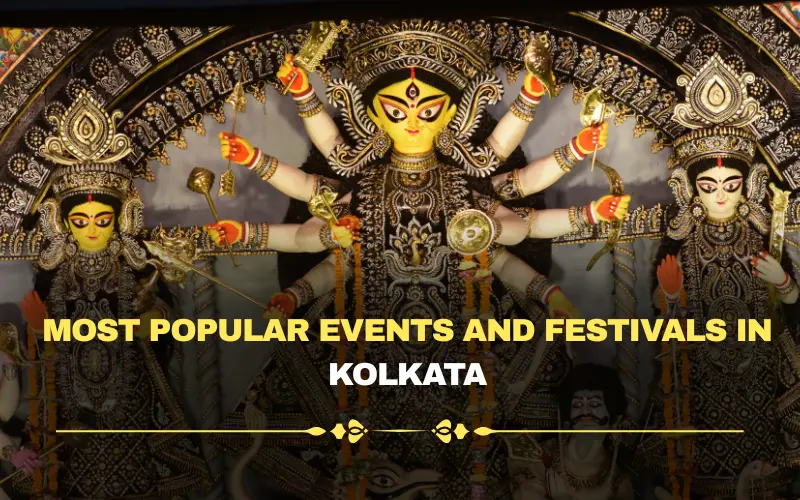
India is a land of rich culture and history, and its temple is some of the most beautiful and awe-inspiring examples of this. From ancient structures that have stood the test of time to modern marvels that are still under construction, there is a temple in India for everyone. Dhanush Kumar lists the five upcoming temples in India that are sure to be popular tourist destinations once they are completed.
Vrindavan Chandrodaya Mandir

The Vrindavan Chandradoya Mandir, currently under construction in Vrindavan, India, will be the tallest religious monument in the world, reaching a height of 700 feet. Dedicated to Krishna, it follows the architectural style of the original Krishna temple destroyed in the 16th century. Expected to be completed in 2025, the temple complex by ISKCON will feature a main temple, a planetarium, a museum, and other facilities.
Temple of the Vedic Planetarium

The Temple of the Vedic Planetarium, located in Mayapur, West Bengal, is being built by ISKCON as a centre for learning about Vedic culture and philosophy. With its planetarium, museum, and other facilities, visitors will have a unique opportunity to explore the wonders of the universe. The temple is anticipated completion in 2023.
Ayodhya Ram Temple

The Ayodhya Ram Temple is under construction in Ayodhya. The temple, dedicated to Rama, is being built by the Shri Ram Janmabhoomi Teerth Kshetra Trust. With the completion set for 2023, this temple holds immense significance in Hindu mythology. Half the temple’s work is already done, and devotees are eagerly waiting for a glimpse of Lord Rama in his birth land Ayodhya.
BAPS Shri Swaminarayan Mandir

In Abu Dhabi, United Arab Emirates, the BAPS Shri Swaminarayan Mandir is currently under construction, representing the first traditional stone temple in the Middle East. This temple, built in the Gujarati style by BAPS, will boast a 108-foot-tall spire. The expected completion date is 2023.
Virat Ramayan Mandir

The Virat Ramayan Mandir, situated in Ramgarh, Uttar Pradesh, India, aims to become the largest religious monument globally. Built by the Ram Janmabhoomi Nyas, the temple will honour Rama and replicate the architectural style of the original Rama temple in Ayodhya. Its completion is scheduled for 2025.
Conclusion
These upcoming temples in India have immense allure for tourists, appealing to various interests such as architecture, and history. As you plan your trip to India, include a visit to one of these remarkable temples. Their completion will mark new milestones in India’s temple heritage, offering visitors an unforgettable experience.


























